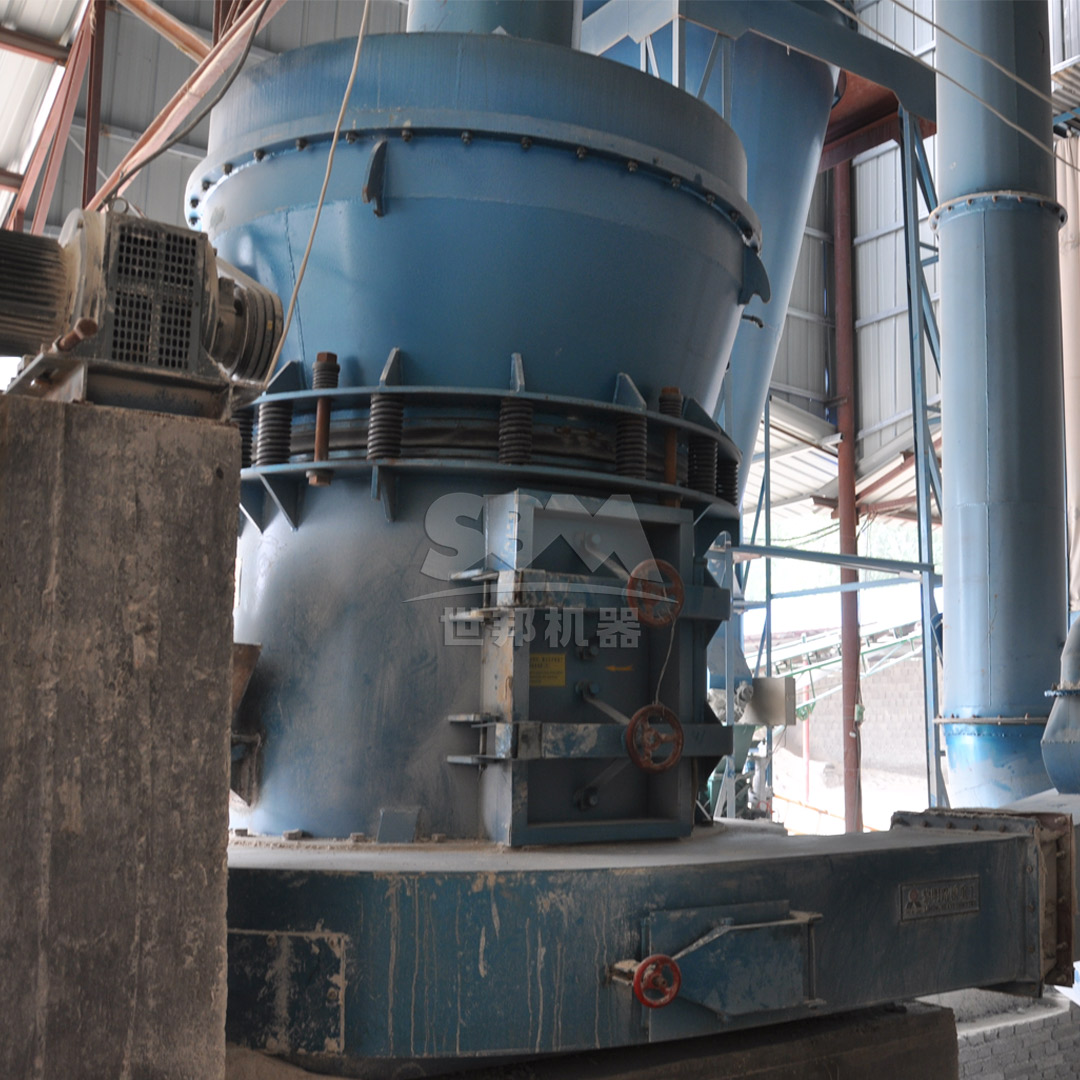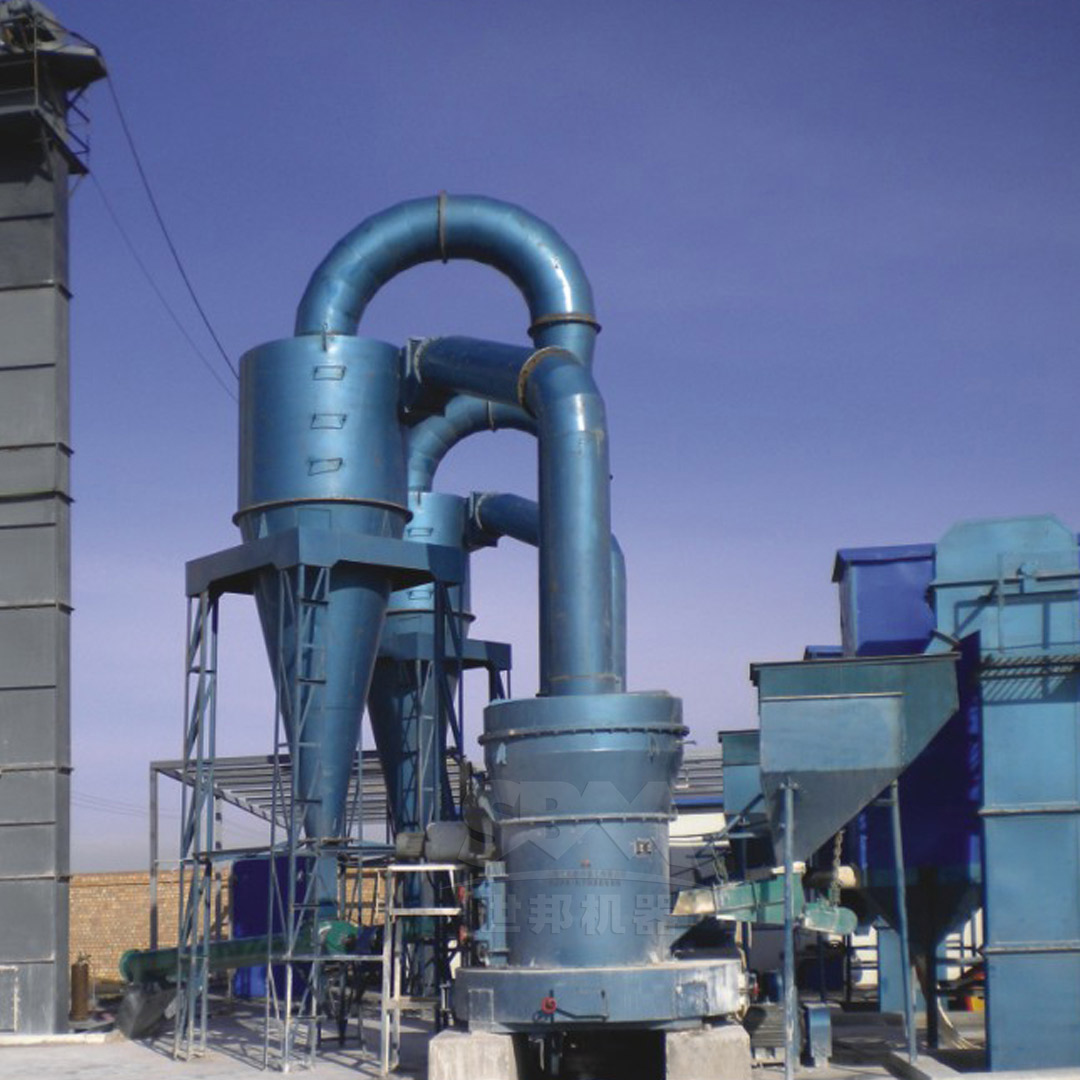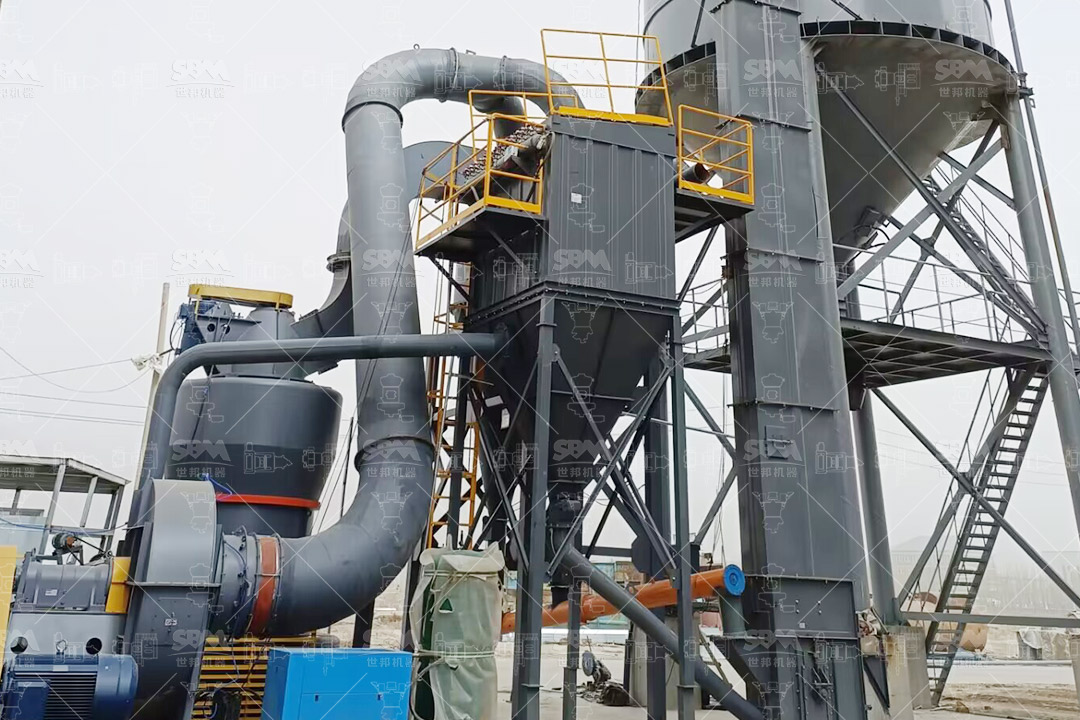The production of high-purity quartz materials for electronic applications demands precision grinding solutions that can achieve exceptional fineness, consistency, and contamination control. Electronic grade quartz requires particle sizes in the micron and sub-micron ranges with strict control over impurities and particle size distribution. This article explores the technological requirements for optimized quartz grinding plants and presents advanced milling solutions that meet these demanding specifications.

Electronic grade quartz materials typically require particle sizes ranging from coarse grinding (45-600μm) for substrate applications to ultra-fine grinding (5-45μm) for specialized electronic components. The particle size distribution must be tightly controlled to ensure consistent performance in final applications.
Maintaining material purity is paramount in electronic applications. Grinding equipment must be designed to minimize metallic contamination through advanced material selection and innovative mechanical designs that prevent metal-to-metal contact during the grinding process.
Modern quartz processing plants must balance production requirements with energy consumption. Advanced grinding technologies can significantly reduce power consumption while maintaining or improving throughput and product quality.
For applications requiring the finest particle sizes, the SCM Ultrafine Mill represents a technological breakthrough in quartz processing. This advanced milling system achieves output fineness ranging from 325 to 2500 mesh (D97≤5μm), making it ideal for high-value electronic applications where sub-micron particles are required.
The SCM series incorporates several innovative features specifically beneficial for quartz processing:
| Model | Processing Capacity (ton/h) | Main Motor Power (kW) | Output Fineness (mesh) |
|---|---|---|---|
| SCM800 | 0.5-4.5 | 75 | 325-2500 |
| SCM900 | 0.8-6.5 | 90 | 325-2500 |
| SCM1000 | 1.0-8.5 | 132 | 325-2500 |
| SCM1250 | 2.5-14 | 185 | 325-2500 |
| SCM1680 | 5.0-25 | 315 | 325-2500 |
For applications requiring particle sizes in the 45-600μm range, the MTW Series Trapezium Mill offers an optimal balance of precision, capacity, and operational efficiency. This advanced grinding system processes quartz materials with input sizes up to 50mm and delivers output fineness from 30 to 325 mesh.
Key advantages of the MTW series for quartz processing include:

Effective quartz processing begins with proper material handling. Raw quartz should be pre-crushed to appropriate feed sizes using jaw crushers or hammer mills before entering the fine grinding circuit. Proper sizing of pre-crushing equipment ensures optimal performance of the main grinding mills.
Modern quartz grinding plants incorporate advanced classification technology to ensure precise particle size control. Both static and dynamic classifiers play crucial roles in achieving the narrow particle size distributions required for electronic applications.
Comprehensive dust collection systems are essential for maintaining plant cleanliness and protecting product purity. Pulse-jet baghouse filters with efficiency ratings exceeding 99.9% are recommended for quartz processing applications.
Regular monitoring and adjustment of grinding parameters ensure consistent product quality. Key parameters to monitor include feed rate, classifier speed, grinding pressure, and air flow rates. Automated control systems can maintain optimal operating conditions and respond to variations in feed material characteristics.
Preventive maintenance programs extend equipment life and minimize unplanned downtime. Critical maintenance activities include regular inspection of wear parts, lubrication system maintenance, and classifier component checks.
Implementing robust quality control measures throughout the grinding process ensures final product compliance with electronic grade specifications. Regular particle size analysis, contamination testing, and chemical purity verification should be standard practice.

The selection of grinding equipment should consider both initial capital costs and long-term operational expenses. Advanced grinding systems like the SCM Ultrafine Mill and MTW Trapezium Mill offer favorable return on investment through reduced energy consumption, lower maintenance requirements, and higher product quality.
Energy consumption typically represents the largest operational cost in quartz grinding plants. Modern grinding technologies can reduce specific energy consumption by 30-50% compared to conventional ball mills, significantly impacting overall production costs.
The integration of Industry 4.0 technologies is transforming quartz grinding operations. Smart sensors, predictive maintenance algorithms, and advanced process control systems are becoming standard features in modern grinding plants.
Environmental considerations are increasingly important in equipment selection. Modern grinding systems incorporate energy recovery, water conservation, and emission control technologies to minimize environmental impact.
As electronic devices continue to evolve, the demand for specialized quartz materials with unique particle characteristics is growing. Grinding technology must adapt to produce increasingly sophisticated materials for next-generation electronic applications.
The production of high-purity electronic grade quartz materials requires sophisticated grinding solutions that deliver precise particle size control, minimal contamination, and operational efficiency. Advanced milling systems like the SCM Ultrafine Mill and MTW Trapezium Mill provide the technological foundation for optimized quartz processing plants. By selecting appropriate grinding technology and implementing best practices in plant design and operation, producers can meet the demanding specifications of the electronics industry while maintaining competitive production costs.
As electronic applications continue to advance, the importance of precision grinding technology will only increase. Investing in modern, efficient grinding systems positions quartz producers to capitalize on emerging opportunities in the rapidly evolving electronics market.